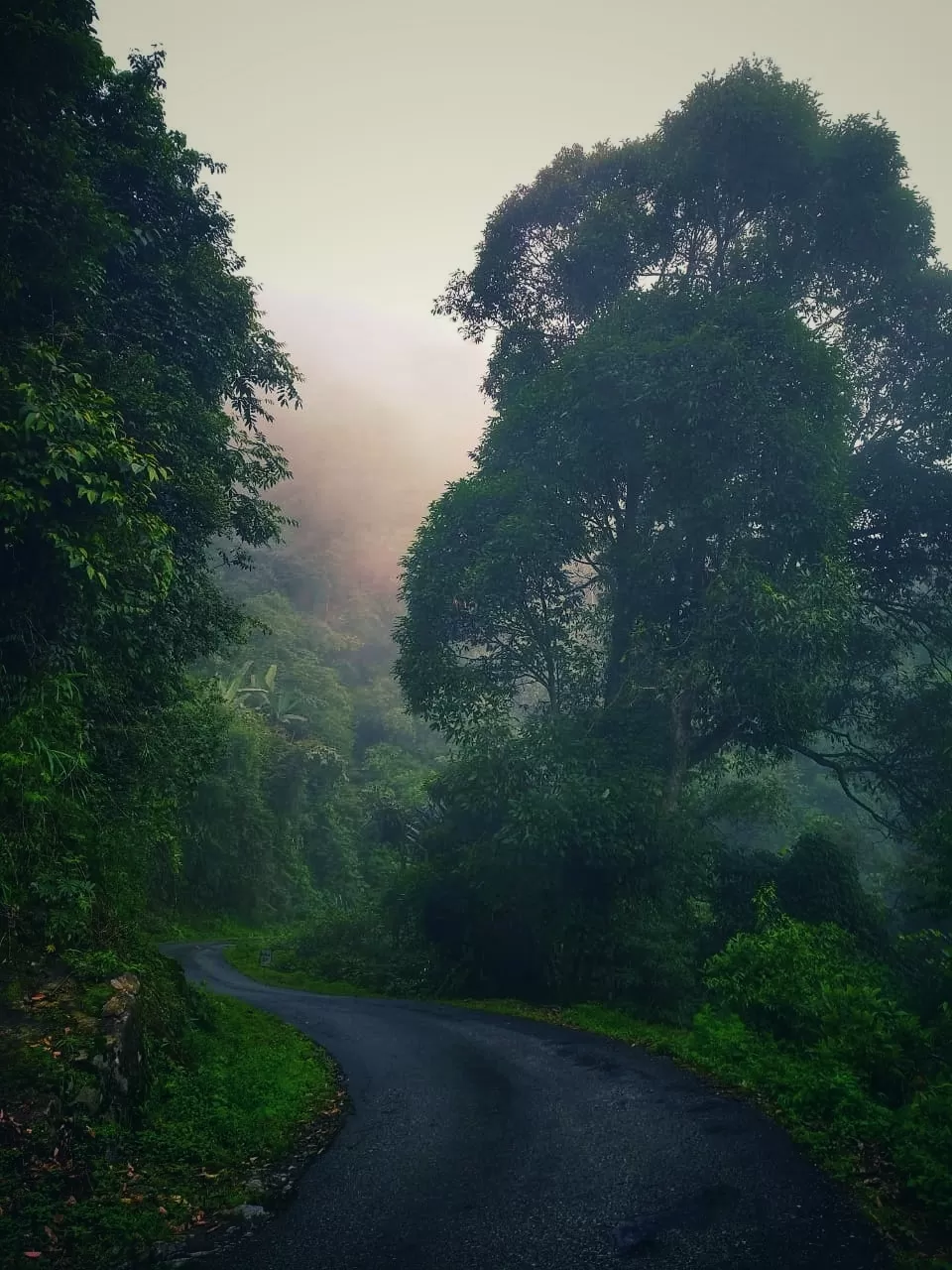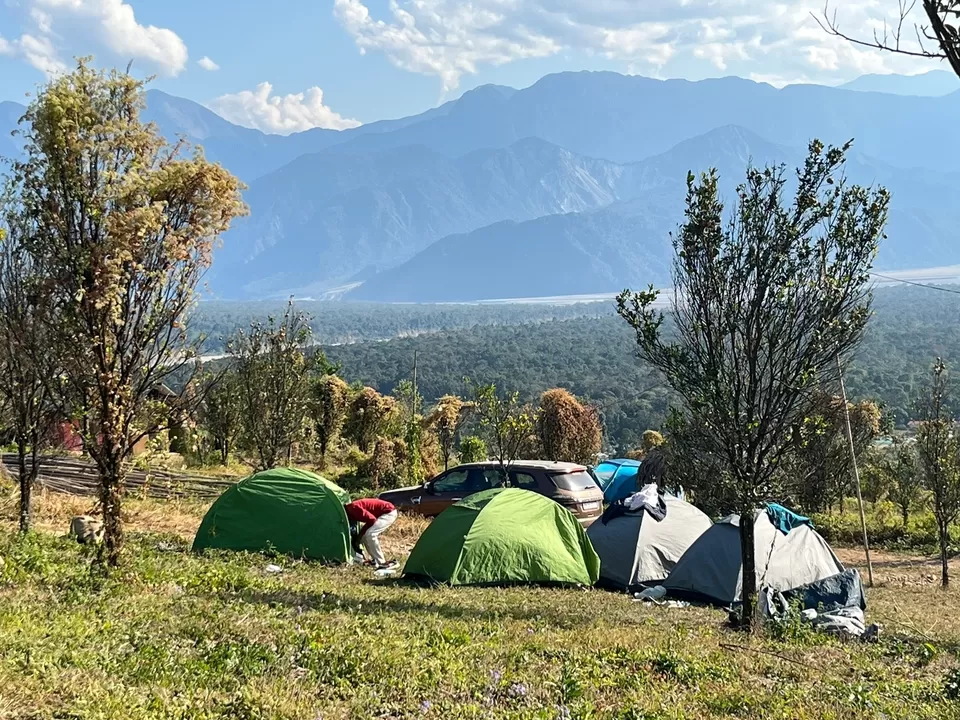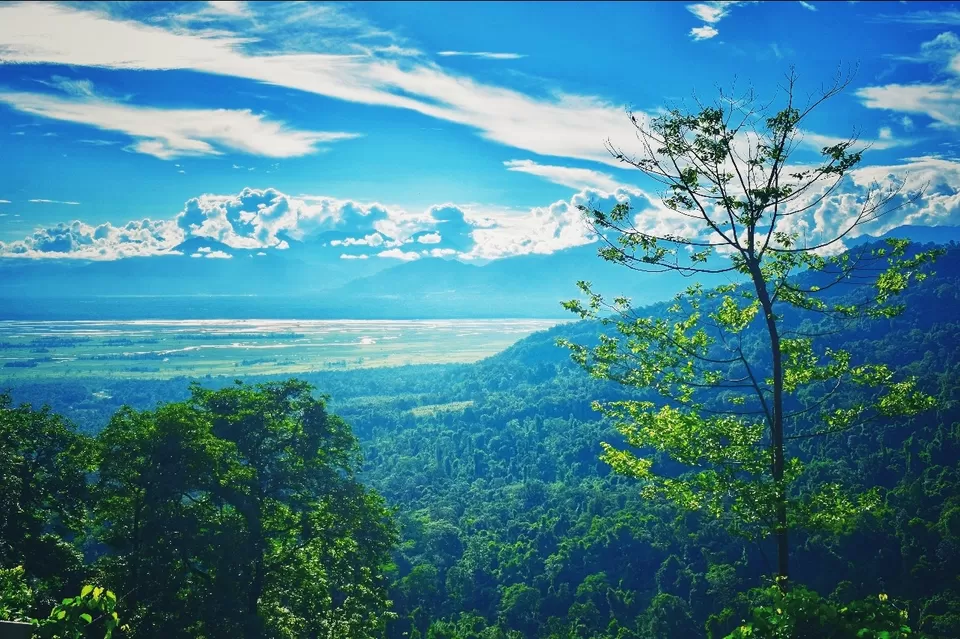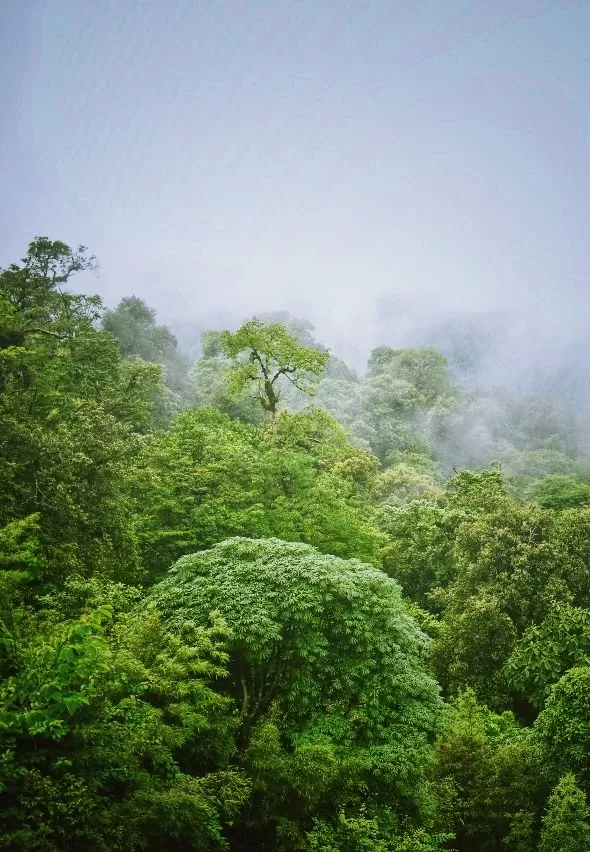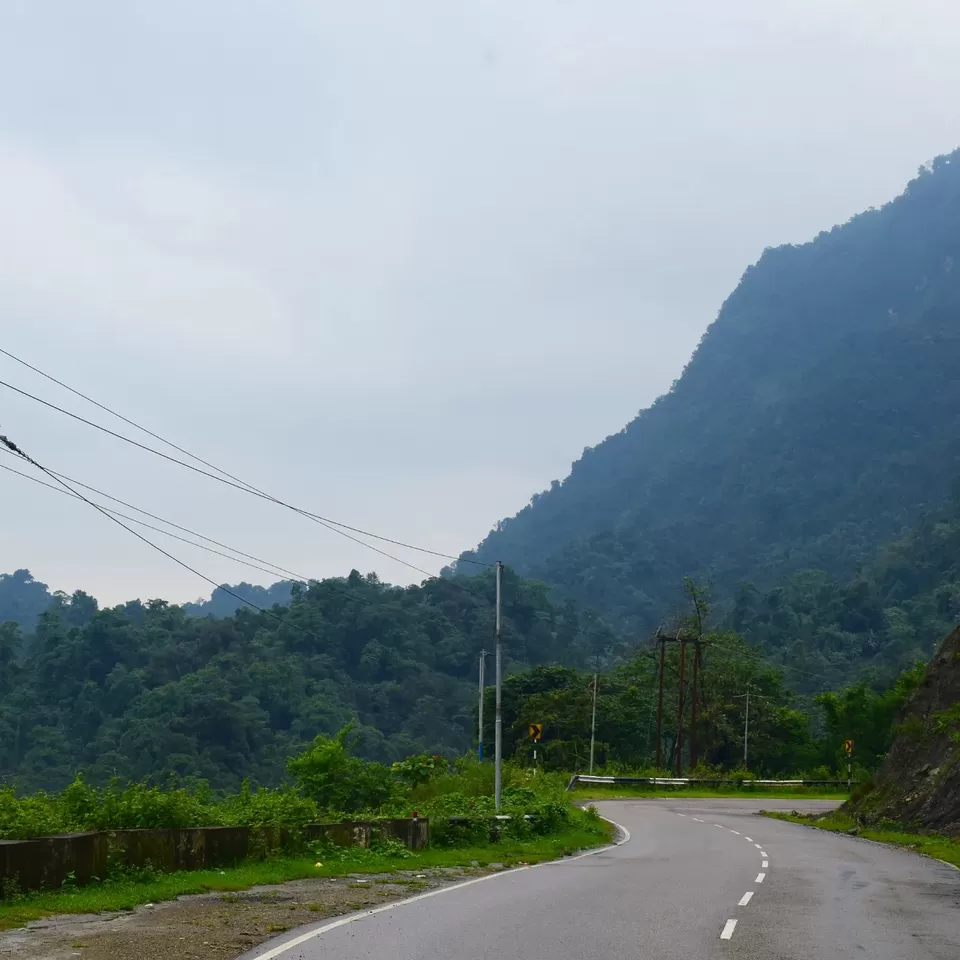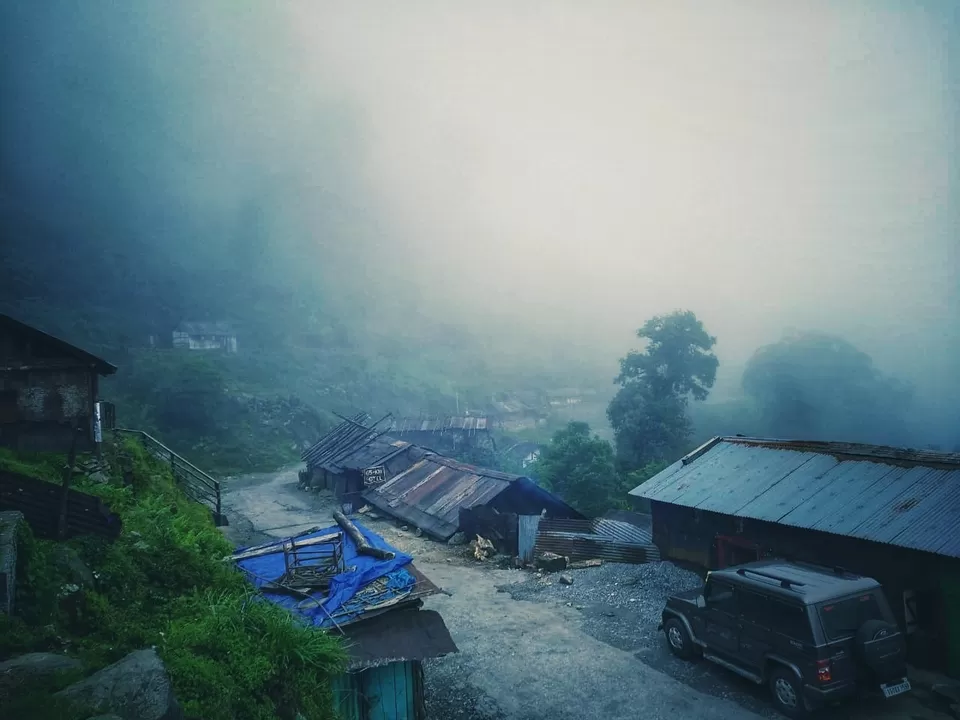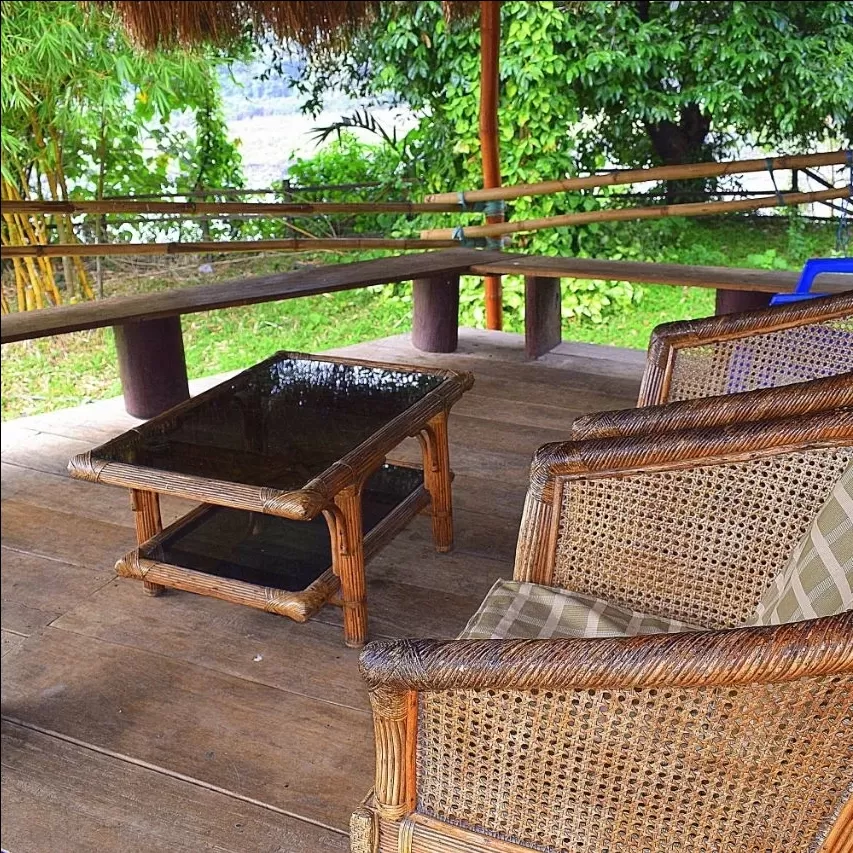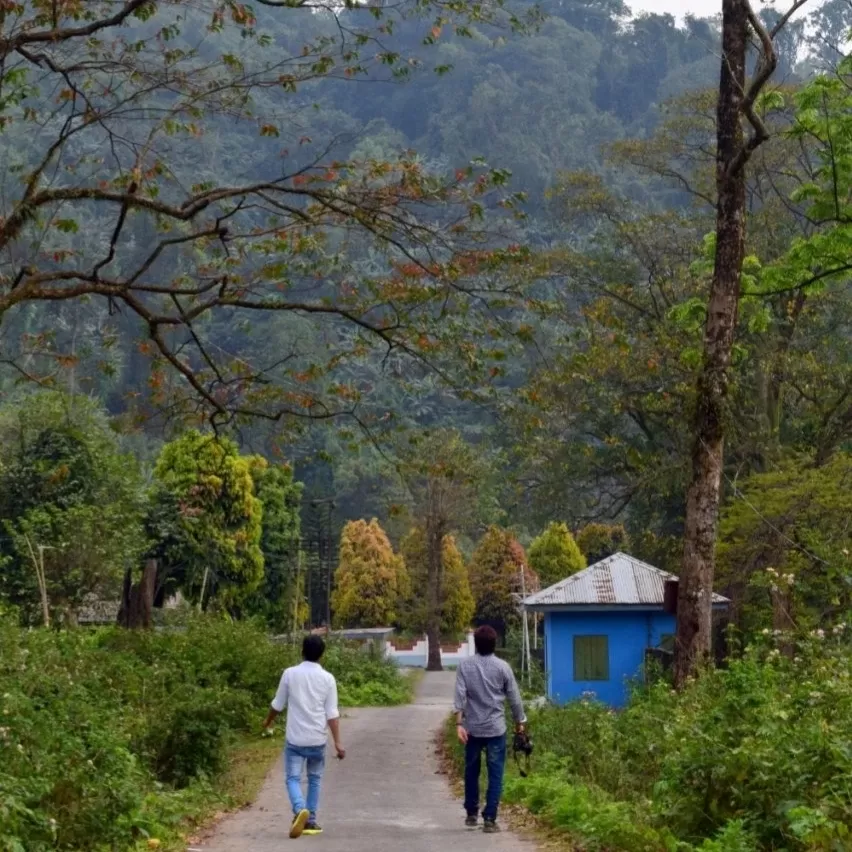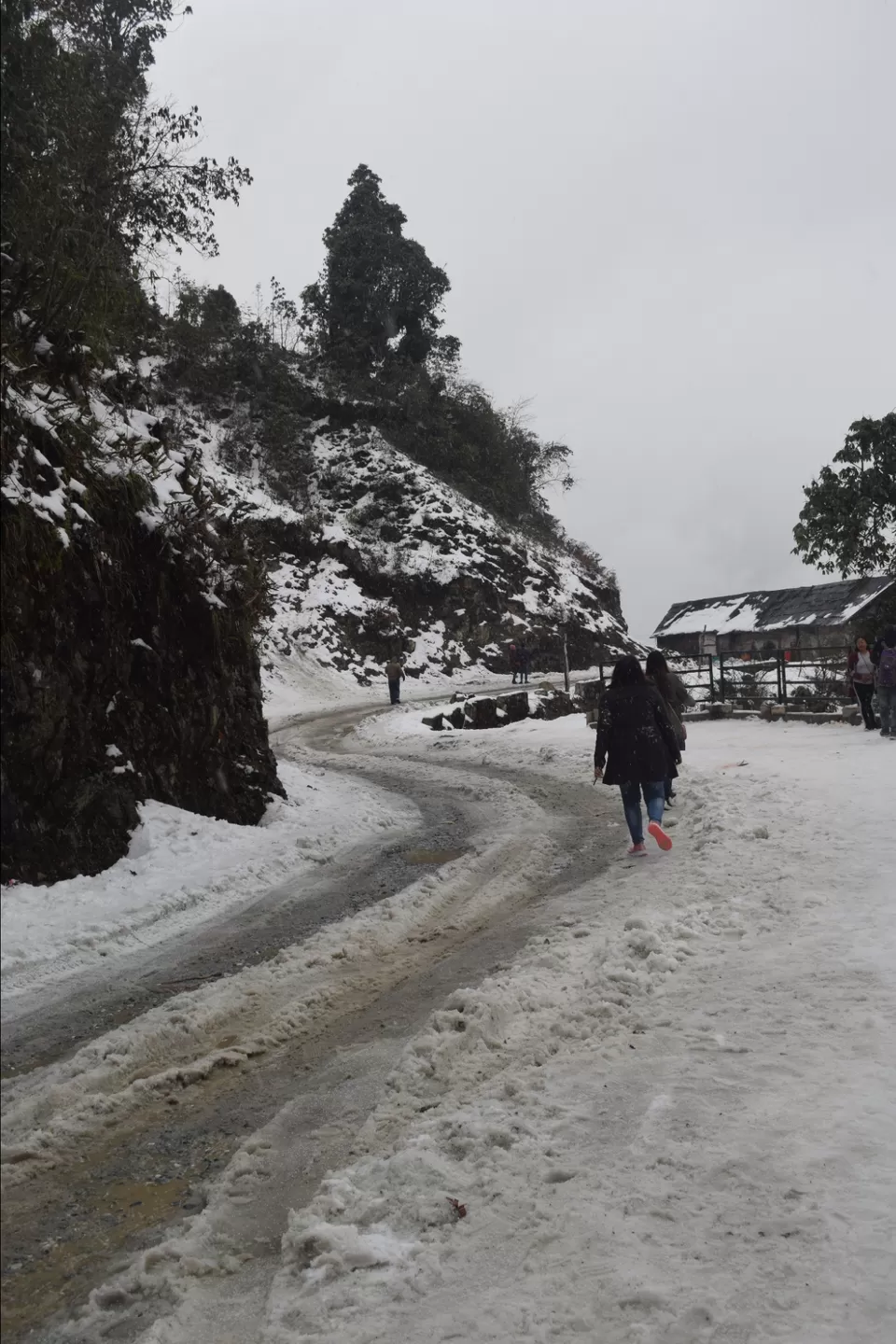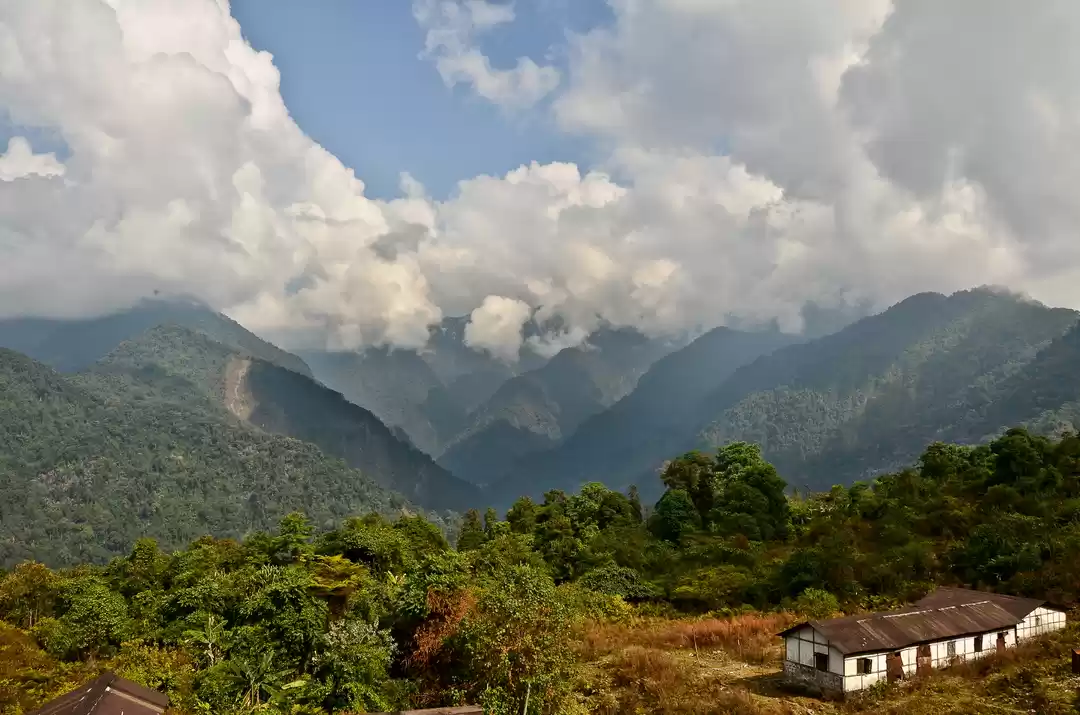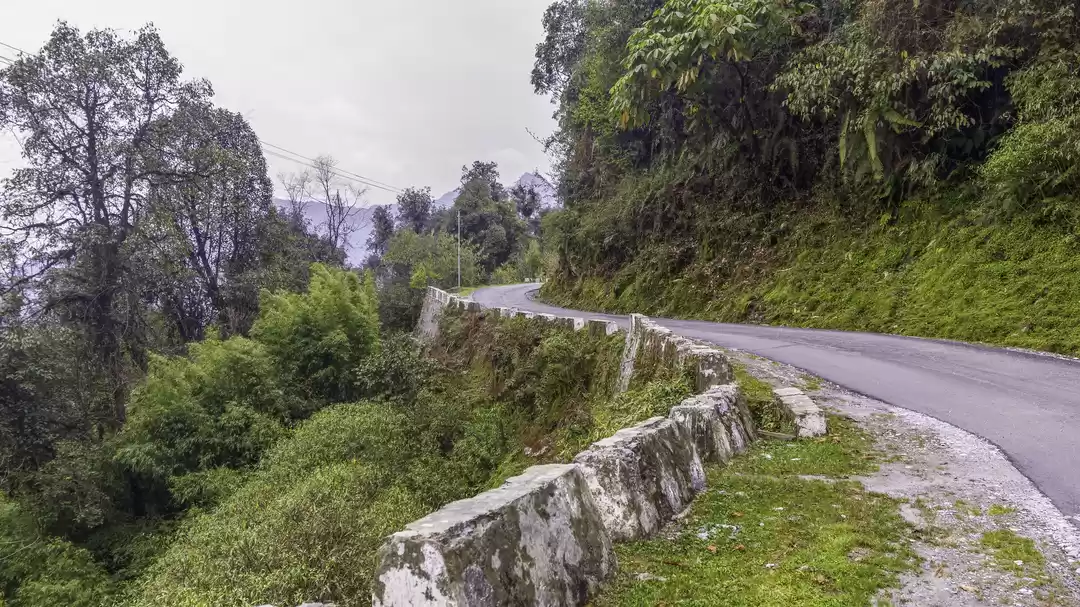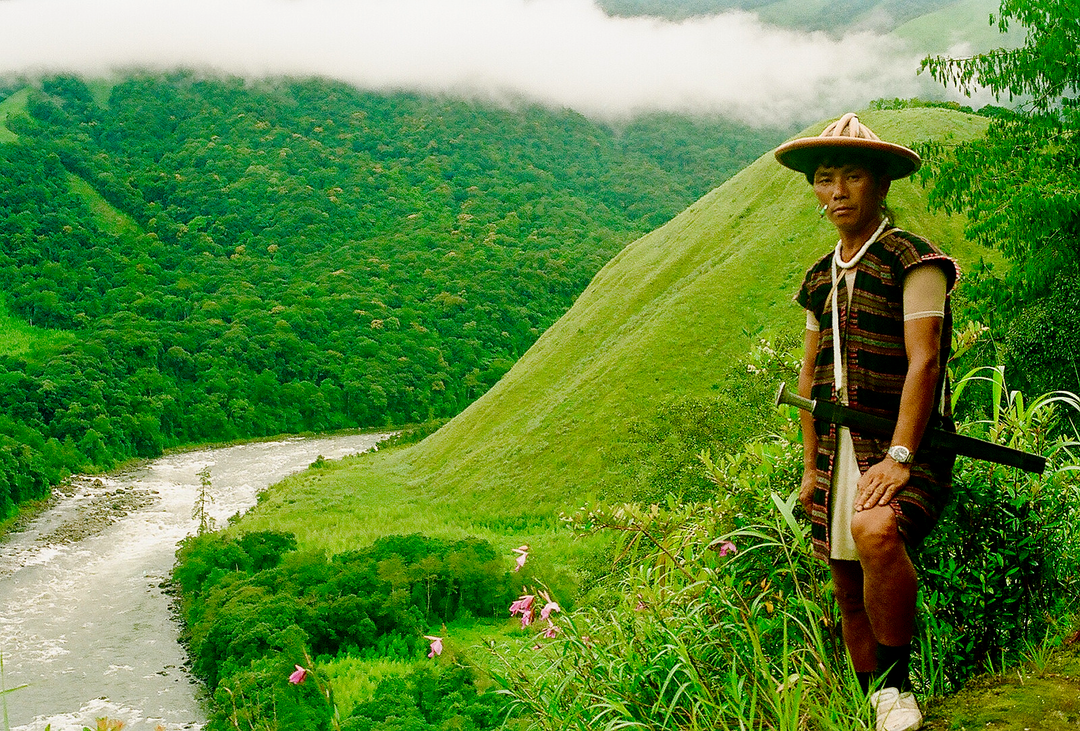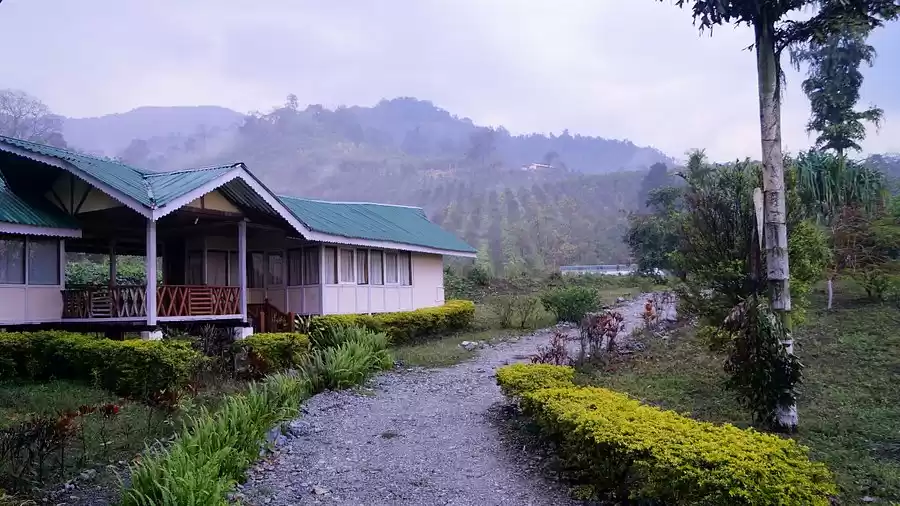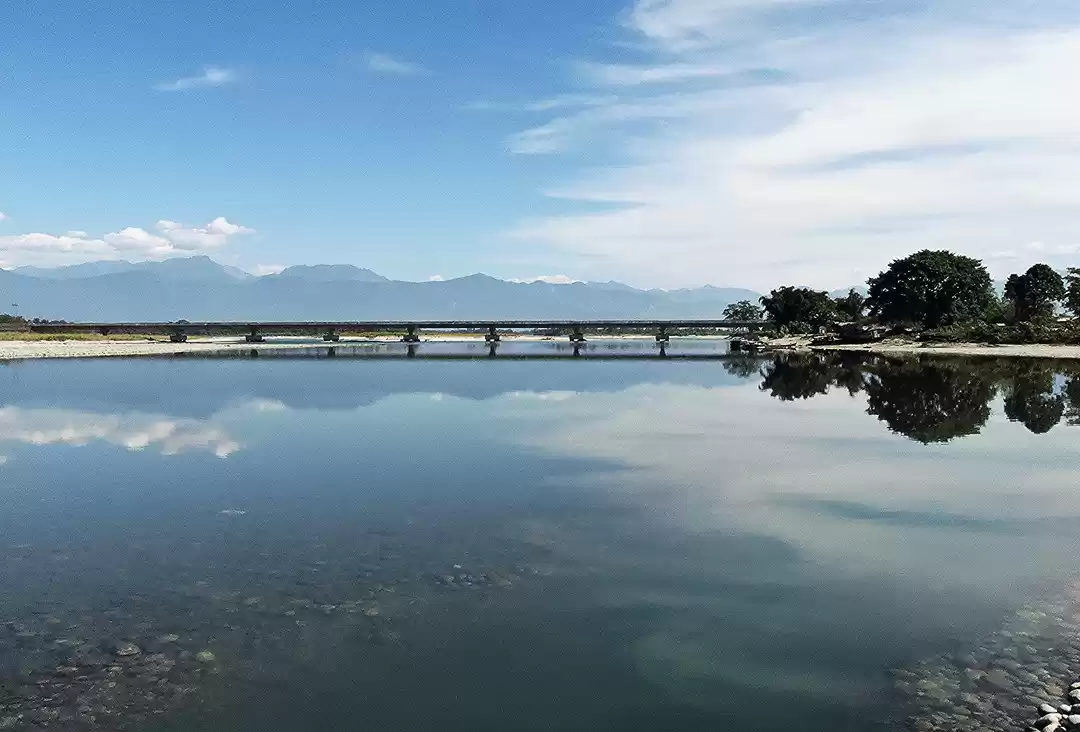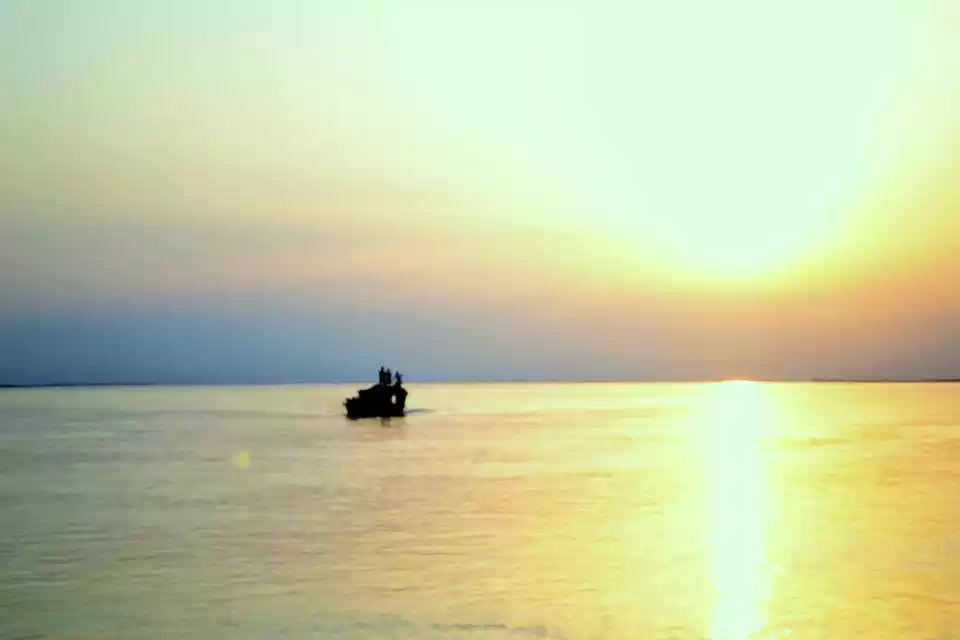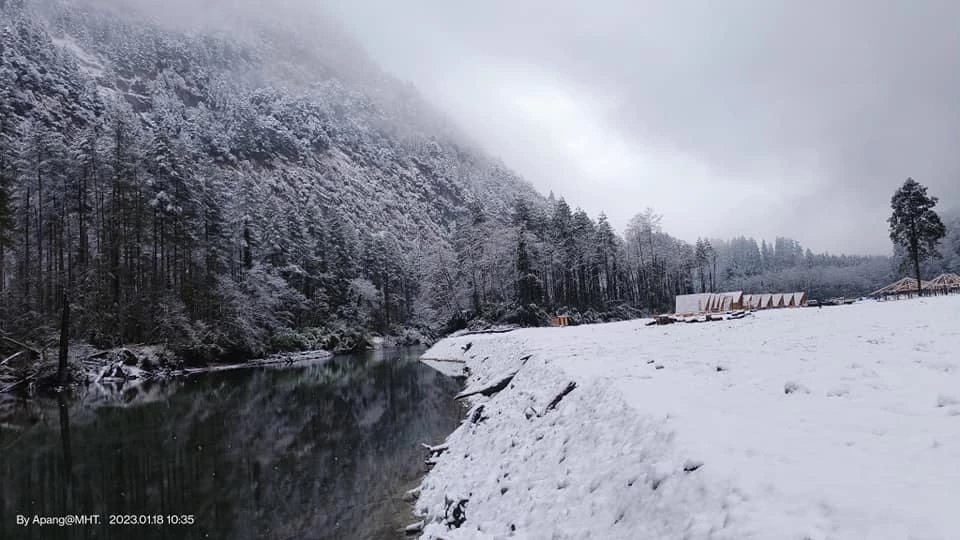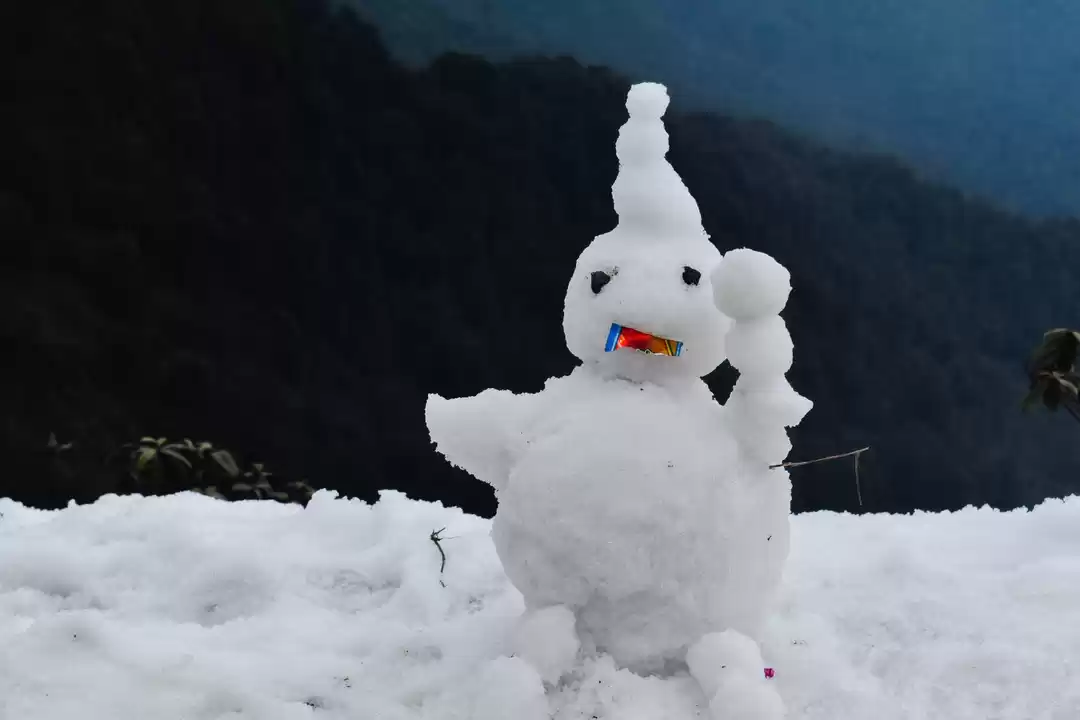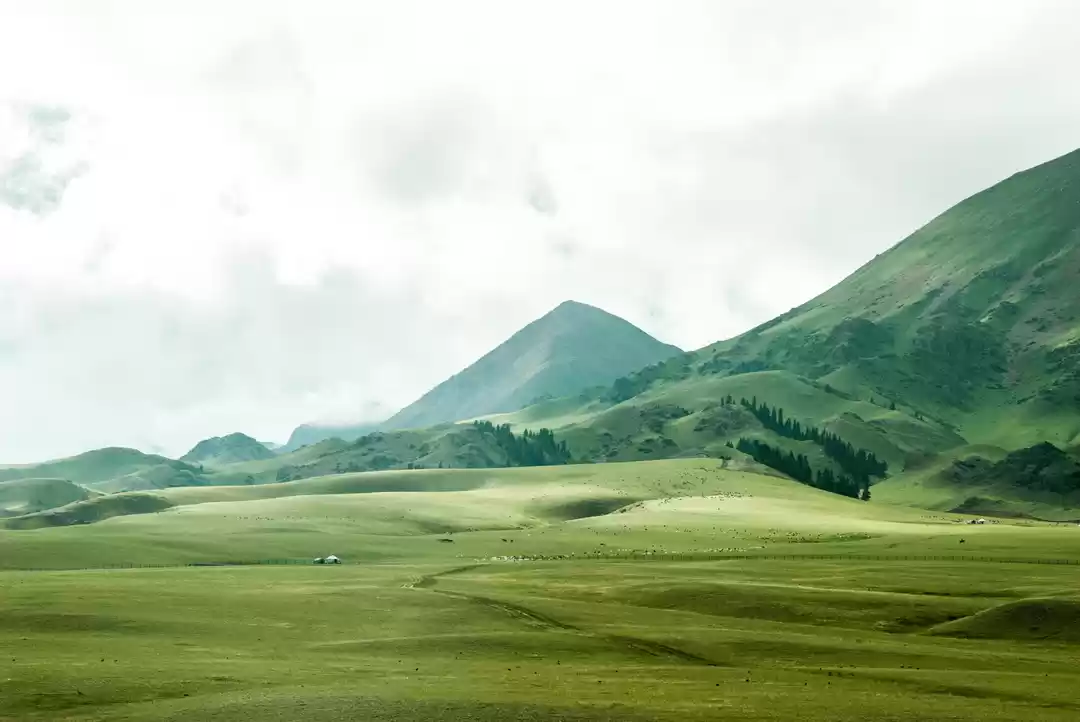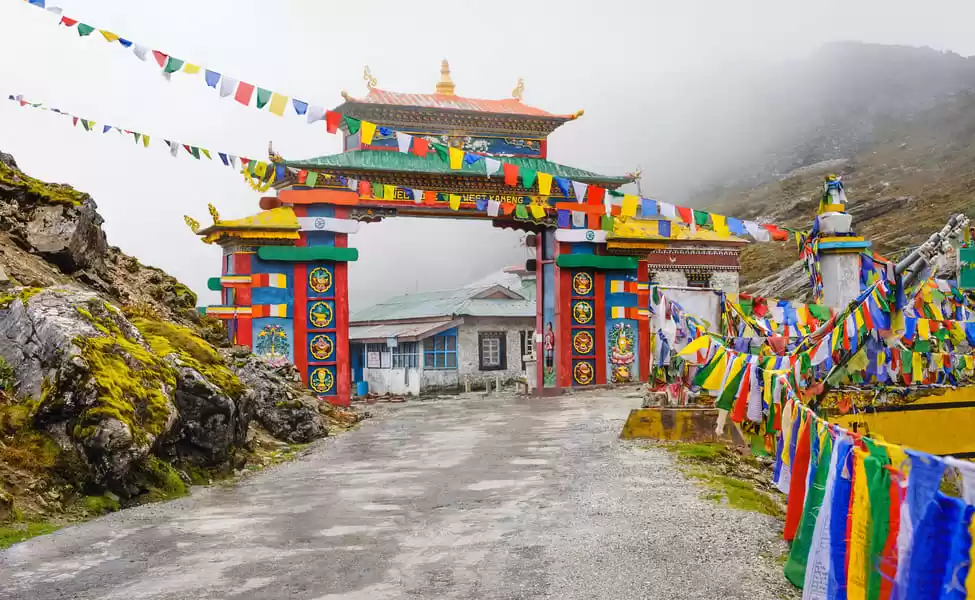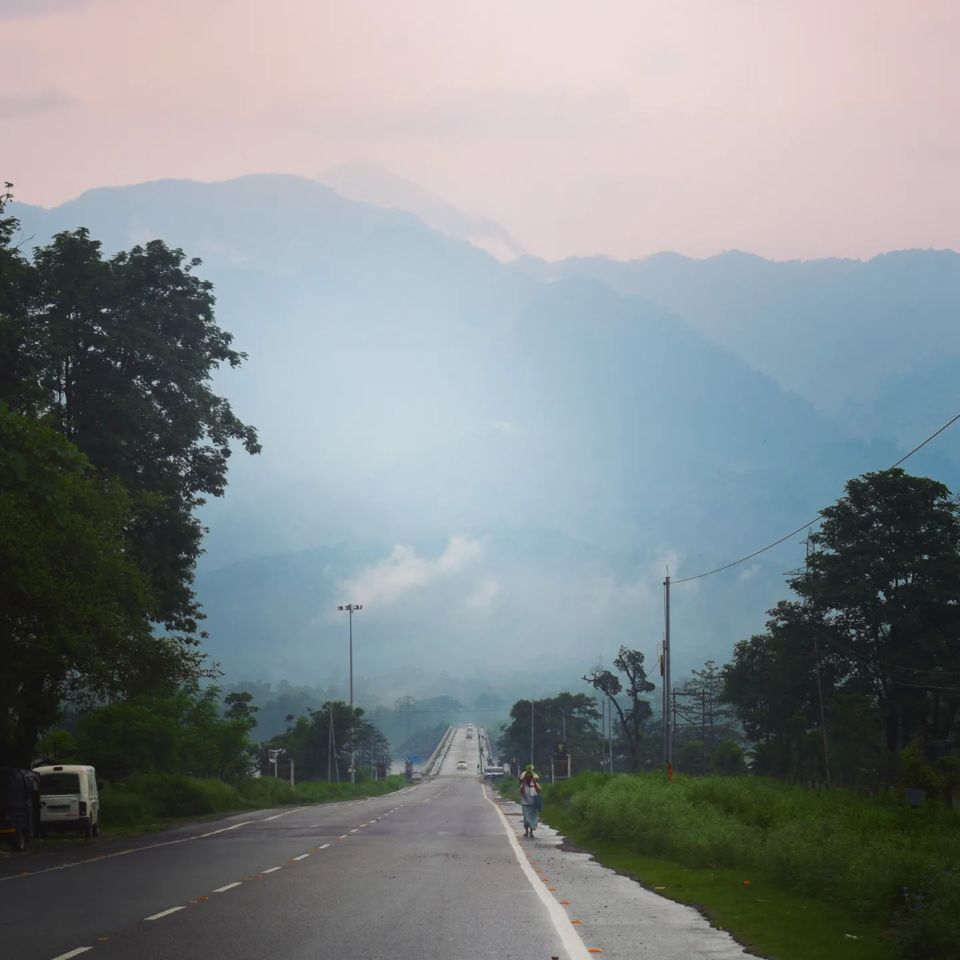
Nestled in the breathtaking region of Arunachal Pradesh, the Lower Dibang Valley beckons adventurers and nature lovers with its pristine landscapes, vibrant culture, and unexplored treasures. With its lush green valleys, meandering rivers, and majestic mountains, this hidden gem offers a truly immersive experience for those seeking an offbeat destination. Let's embark on a journey to uncover the captivating places of interest in Lower Dibang Valley and create memories that will last a lifetime.
Obtaining an Inner Line Permit (ILP):
Before setting foot in Lower Dibang Valley, it is essential to obtain an Inner Line Permit (ILP) due to the region's proximity to the sensitive border area. The permit can be obtained from the Arunachal Pradesh government offices located in major cities like Guwahati, Tezpur, and Itanagar. It is advisable to check the current regulations and requirements before applying for the permit.
In other case m, you can also apply for Inner Line Permit by visiting website of ILP Arunachal Pradesh- https://arunachalilp.com
Reaching the Lower Dibang Valley
To reach the Lower Dibang Valley, you can fly to Mohanbari Airport in Dibrugarh, Assam, which is the nearest major airport. From there, a picturesque drive of around 150 kilometers will lead you to Roing, the gateway to Lower Dibang Valley. Alternatively, you can also take a train to Tinsukia, which is well-connected to major cities in India, and then continue the journey by road.
Must-Visit Attractions
1. Mehao Lake: Start your exploration by visiting the mesmerizing Mehao Lake, a hidden gem nestled amidst the lush forests of Mehao Wildlife Sanctuary. Surrounded by mist-covered hills, this tranquil lake offers a serene atmosphere for boating and picnicking.
2. Mayudia: Embark on a scenic drive to Mayudia, also known as the "Switzerland of the East." Situated at an altitude of 7,000 feet, this picturesque hill station offers breathtaking views of snow-clad mountains, dense forests, and cascading waterfalls.
3. Bhismaknagar Fort: Step back in time as you visit the ancient Bhismaknagar Fort, an architectural marvel dating back to the 8th century. Explore the ruins, admire the intricate carvings, and learn about the rich historical and cultural heritage of the Idu Mishmi tribe.
4. Sally Lake: Immerse yourself in nature's serenity at Sally Lake, a hidden treasure tucked away amidst dense forests. The shimmering blue waters and the surrounding lush greenery create a tranquil ambience, perfect for relaxation and rejuvenation.
5. Iphipani Ghat: Prepare to be awestruck by the enchanting Iphipani Ghat, a picturesque spot where the Dibang River flows through towering cliffs. The scenic beauty, coupled with the rhythmic sound of the flowing water, makes it a photographer's paradise.
6. Dibang Wildlife Sanctuary: Explore the diverse flora and fauna of the region at the Dibang Wildlife Sanctuary, one of the largest protected areas in India. This sanctuary is home to rare and endangered species like the Mishmi takin, clouded leopard, and Bengal tiger, making it a paradise for wildlife enthusiasts and nature lovers.
7. Hunli: Visit the charming village of Hunli, situated amidst scenic landscapes and terraced fields. Take a leisurely stroll through the village, interact with the locals, and witness their traditional way of life. The panoramic views of the surrounding mountains and the crystal-clear waters of the Dibang River make it a photographer's delight.
8. Iduli: Immerse yourself in the ethereal beauty of Iduli, a small village known for its vibrant culture and picturesque surroundings. Explore the lush green tea gardens, visit the local monasteries, and witness the colorful festivals celebrated with great enthusiasm by the Mishmi tribe.
9. Mehao Wildlife Sanctuary: For nature enthusiasts, Mehao Wildlife Sanctuary offers a haven of natural wonders. Embark on a jungle safari to witness a diverse range of wildlife, including elephants, deer, wild boars, and numerous bird species. The sanctuary also features stunning waterfalls, trekking trails, and camping spots for adventurous souls.
10. Bhishmaknagar Hot Springs: Indulge in a therapeutic experience by visiting the Bhishmaknagar Hot Springs, renowned for their healing properties. Surrounded by lush greenery, these natural hot springs provide a serene and rejuvenating atmosphere to relax and unwind.
Where to Stay
While visiting the Lower Dibang Valley, you can choose from a variety of accommodation options ranging from budget guesthouses to eco-resorts. Roing, the main town of the valley, offers a few hotels and guesthouses for a comfortable stay. Additionally, you can explore homestay options in the surrounding villages, which provide an opportunity to experience the local culture firsthand.
People and Culture
The Lower Dibang Valley is predominantly inhabited by the Idu Mishmi tribe, known for their warm hospitality and rich cultural heritage. Interacting with the locals gives you a chance to learn about their traditional customs, folklore, and unique way of life. Don't miss the opportunity to witness their vibrant festivals, such as Reh, Sanken, and Solung, which are celebrated with great enthusiasm and showcase their traditional music, dance, and rituals.
Total Cost of the Trip
The total cost of a trip to the Lower Dibang Valley can vary depending on various factors such as the mode of transportation, accommodation choices, and the duration of stay. On average, a moderate budget for a week-long trip, including transportation, accommodation, meals, permits, and local activities, can range from $500 to $800 per person. It is recommended to plan and budget accordingly, keeping in mind your preferences and the activities you wish to engage in during your visit. Here's a breakdown of the approximate costs for a trip to the Lower Dibang Valley:
Transportation:
Flights: The cost of flights to the nearest major airport, Mohanbari Airport in Dibrugarh, Assam, can vary depending on your location and the time of booking. Budget around $200 to $400 for round-trip flights.
Road Transport: If you're traveling by road from Dibrugarh to Roing, budget approximately $50 to $100 for private taxis or shared vehicles.
Accommodation:
Budget Guesthouses: Budget guesthouses in Roing can range from $15 to $40 per night, depending on the amenities and location.
Homestays: Opting for homestays in local villages can cost around $20 to $50 per night, including meals and a cultural experience.
Eco-Resorts: For a more luxurious experience, eco-resorts in the region can range from $80 to $150 per night.
Food:
Local Eateries:
Enjoying meals at local eateries and small restaurants can cost approximately $5 to $10 per meal.
Homestays: If you choose to stay in homestays, meals are usually included in the accommodation cost.
Inner Line Permit (ILP):
The ILP for visiting Arunachal Pradesh typically costs around $30 to $50 per person. However, it's advisable to check the current rates and regulations before applying.
Activities:
Entry Fees: Some attractions, such as wildlife sanctuaries and archaeological sites, may have entry fees ranging from $2 to $10 per person.
Adventure Activities: Costs for adventure activities like trekking, river rafting, and jungle safaris can vary. Budget around $20 to $50 per activity, depending on the duration and level of difficulty.
Miscellaneous:
Local Transportation: Local transportation within the Lower Dibang Valley, such as taxis or shared vehicles for sightseeing, can cost approximately $10 to $30 per day.
Souvenirs and Miscellaneous Expenses: It's recommended to set aside around $50 to $100 for souvenirs, local shopping, and other miscellaneous expenses.
Please note that these costs are approximate and can vary based on individual preferences, the duration of stay, and the time of travel. It's advisable to plan and budget accordingly while considering your personal requirements and choices.
What to Do
Apart from visiting the must-see attractions, Lower Dibang Valley offers a plethora of activities for adventure enthusiasts. Indulge in trekking expeditions through the pristine forests, go fishing in the glistening rivers, or experience the thrill of river rafting in the turbulent waters. Immerse yourself in the local culture by participating in traditional dance performances, interacting with the friendly locals, and trying the delectable local cuisine.
Best Time to Visit
The best time to visit Lower Dibang Valley in Arunachal Pradesh, India is during the winter season, which spans from November to February. During this time, the weather is pleasant with temperatures ranging from 10 to 20 degrees Celsius (50 to 68 degrees Fahrenheit). It is a great time to explore the region's natural beauty, enjoy outdoor activities, and visit the local attractions.
The winter season is characterized by clear skies and relatively dry weather, making it ideal for sightseeing and outdoor adventures. You can explore the lush forests, trek through the picturesque valleys, and visit the scenic waterfalls in the area. The Dibang Wildlife Sanctuary is also worth visiting during this time, as you can spot a variety of wildlife species, including the rare Mishmi takin and clouded leopard.
It's important to note that Lower Dibang Valley experiences heavy rainfall during the monsoon season, which lasts from June to September. The roads can become inaccessible, and the region's natural beauty may be hampered by the rain. Therefore, it's best to avoid visiting during this period.
Overall, planning a trip to Lower Dibang Valley between November and February will provide you with the most pleasant weather and favorable conditions to enjoy the attractions and outdoor activities the region has to offer.
The Lower Dibang Valley of Arunachal Pradesh awaits you with its awe-inspiring landscapes, rich cultural heritage, and a myriad of experiences. From exploring pristine wildlife sanctuaries to immersing yourself in the local culture, this hidden gem is a treasure trove of beauty and adventure. So pack your bags, obtain your Inner Line Permit, and get ready to embark on an incredible journey to the enchanting Lower Dibang Valley.
